There’s been no shortage of epic television to binge-watch during Lockdown 2.0, and plenty of on-screen fashion moments in them to boot Nicole Kidman’s green velvet cloak! Princess Diana’s ruffled collars! The plethora of wide-leg tailoring of Steve McQueen’s Small Axe! But it’s Alessandro Michele who takes home the award for best costume designer of increasing screen time for the latest Gucci collection he showed in the seven films presented last week via GucciFest.
By now, you’ll probably have seen the cameos from Harry Styles, Bille Eilish, Florence Welch et al in the Italian house’s ‘Ouverture Of Something That Never Ended’ films, co-directed by Gus Van Sant and Alessandro and centred around an enchanting day in the life of ice-blonde Silvia Calderoni as she drifts around Rome. However, the dream-like films are also a gorgeous Trojan Horse for Gucci’s latest 97-look collection, continuing to cement Alessandro as not only reigning king of retro-fabulous fashion, but also a disruptor to the way that collections are being presented in lieu of traditional fashion shows.
As far as digital fashion presentations go, GucciFest has been the most colossal and ambitious to date — seven episodes shot over a period of 20 days with an A-list cast. If 2020 has seen fashion embrace new ways of showing clothes and telling stories, Gucci has blazed a trail, not only by scaling back its collections and creating its own Netflix-worthy films, but sharing its platform with an array of emerging designers from around the world, such as Bianca Saunders, Gui Rosa, Ahluwalia and Stefan Cooke. It’s testament to the notion that although clothes have been relegated to the bottom of our priorities, the notion of community and storytelling has become more important than ever before. Suddenly, fashion week as we knew it seems like a quaint memory. Gucci has arguably transcended fashion altogether.
In Ouverture (whose name follows last season’s ‘Epilogue’) the clothes are as glittering as the starry cast, and just as eclectic. They range from GG-emblazoned skateboards, to golfing suits, folksy caftans, three-piece suits, double-denim and varsity-style tees. This is Gucci after all, where genres, historical periods and styles are whizzed through a quixotic blender to create a pick ’n’ mix bag of cinematic costumes for everyday characters. Several of the pieces, like the floral plissé dress that Silvia throws over her balcony in the first episode, are from Alessandro’s first womenswear collection for Gucci, AW15, reprised five years on.
Each look will come with red labels stitched with the words ‘Something That Never Ended’, which, in many ways, echoes Alessandro’s approach to newness; namely that it needn’t be new at all. In fact, you’d be hard-pressed to put your finger on any breaking sartorial news in this collection. Gucci no longer needs to reinvent itself every season, instead offering a steady stream of familiar house favourites and exquisite clothes that may well be dreamy, but are increasingly supporting acts to the immersive and innovative ways in which they are shown.
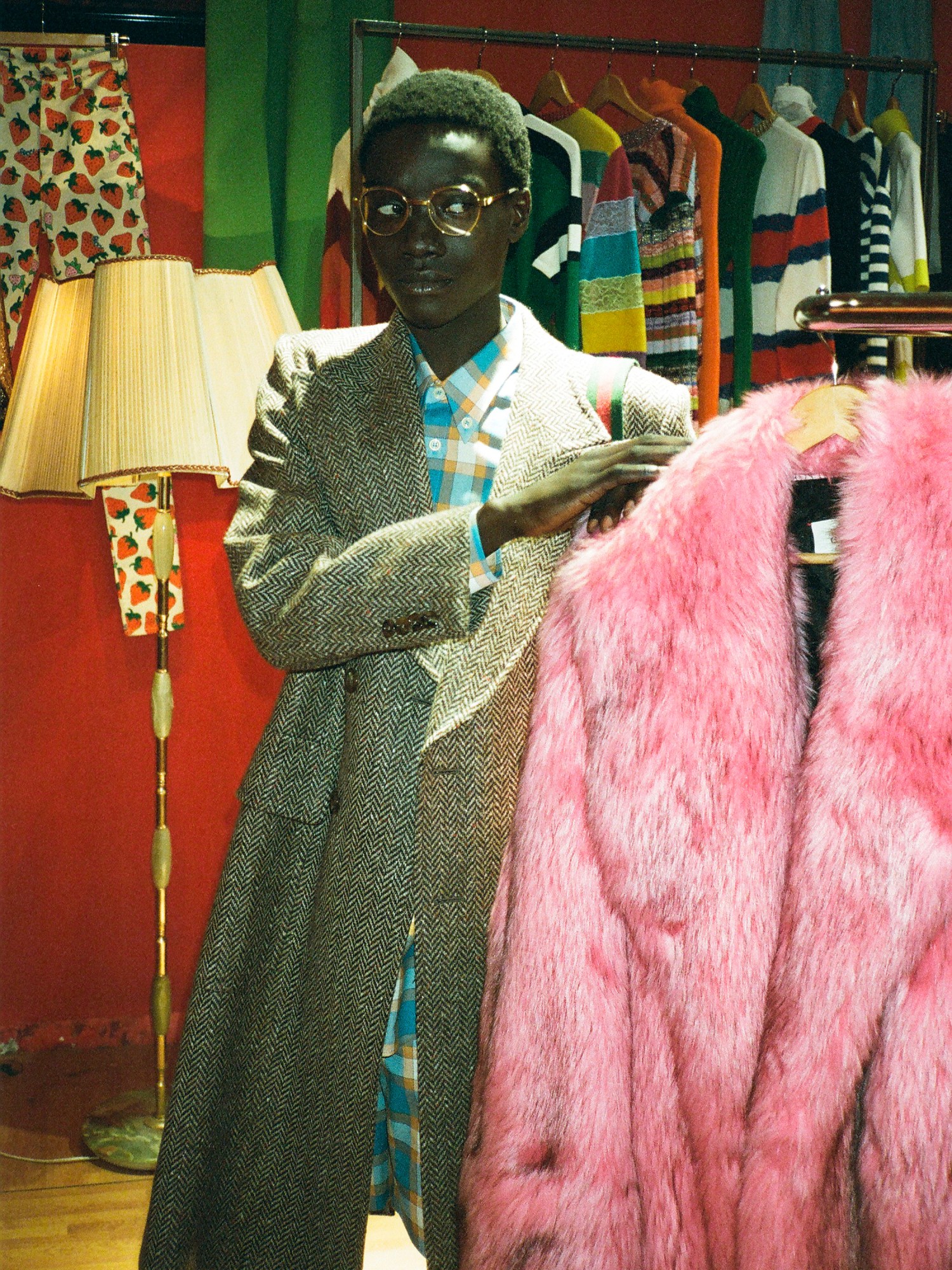
Consider the collection more as an ode to timelessness, in keeping with the designer’s decision to scale back his collections, make them seasonless and commit to reducing Gucci’s carbon footprint. In the sixth episode, a cast including Florence Welch browse the rails of a vintage store where every item is ostensibly new Gucci. Future vintage, if you will. But also, the message may well be that vintage is the future. It’s an apt analogy for the ambiguity of the Gucci universe, where seasonless, genderless clothes are designed to be worn with things from the past — or indeed, mistaken for them.
It may not be a new idea, but that idea of mixing (or even confusing) old and new feels especially prescient right now as designers grapple with overproduction and customers with overconsumption. “Creativity is circular,” explained Alessandro in a press conference last week. “My relationship with my work, my idea of life is based on the idea of never closing the door,” he added. On his collaboration with Gus, and the cinematic approach he took to making clothes — not fashion — he said: “I can no longer develop a collection on fashion’s needs and the needs of the market. It comes from a human need, and this is the outcome.”
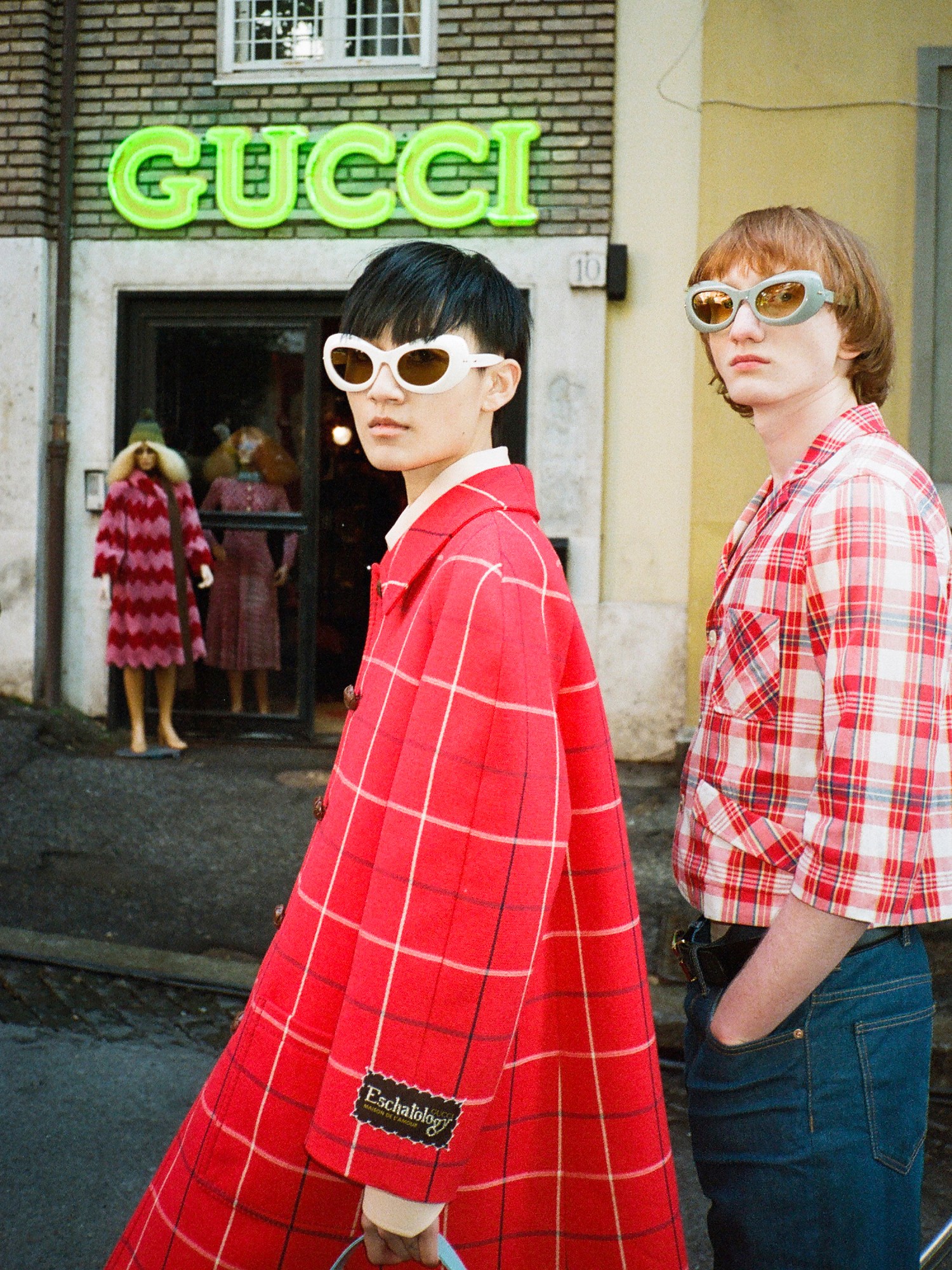
Follow i-D on Instagram and TikTok.
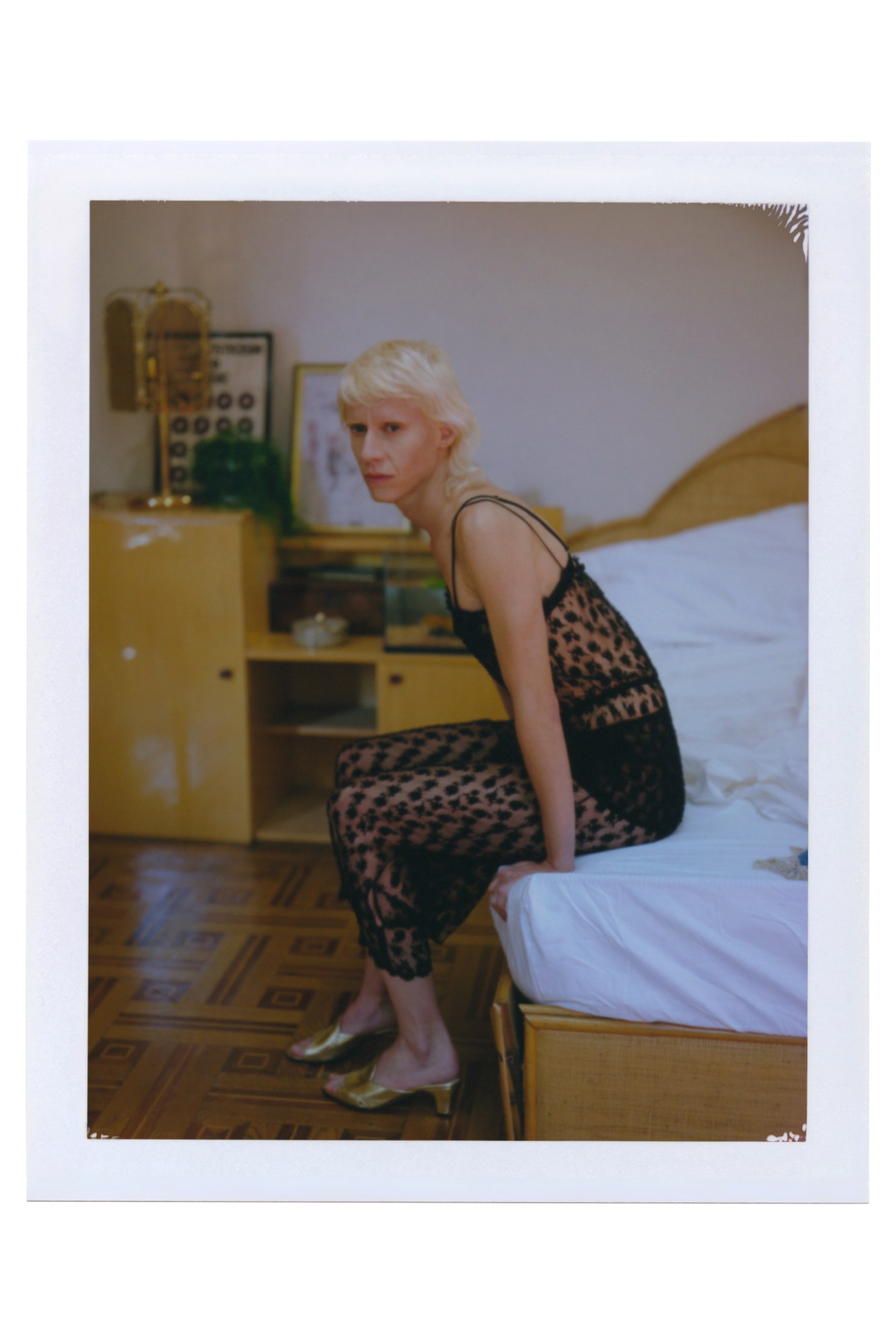
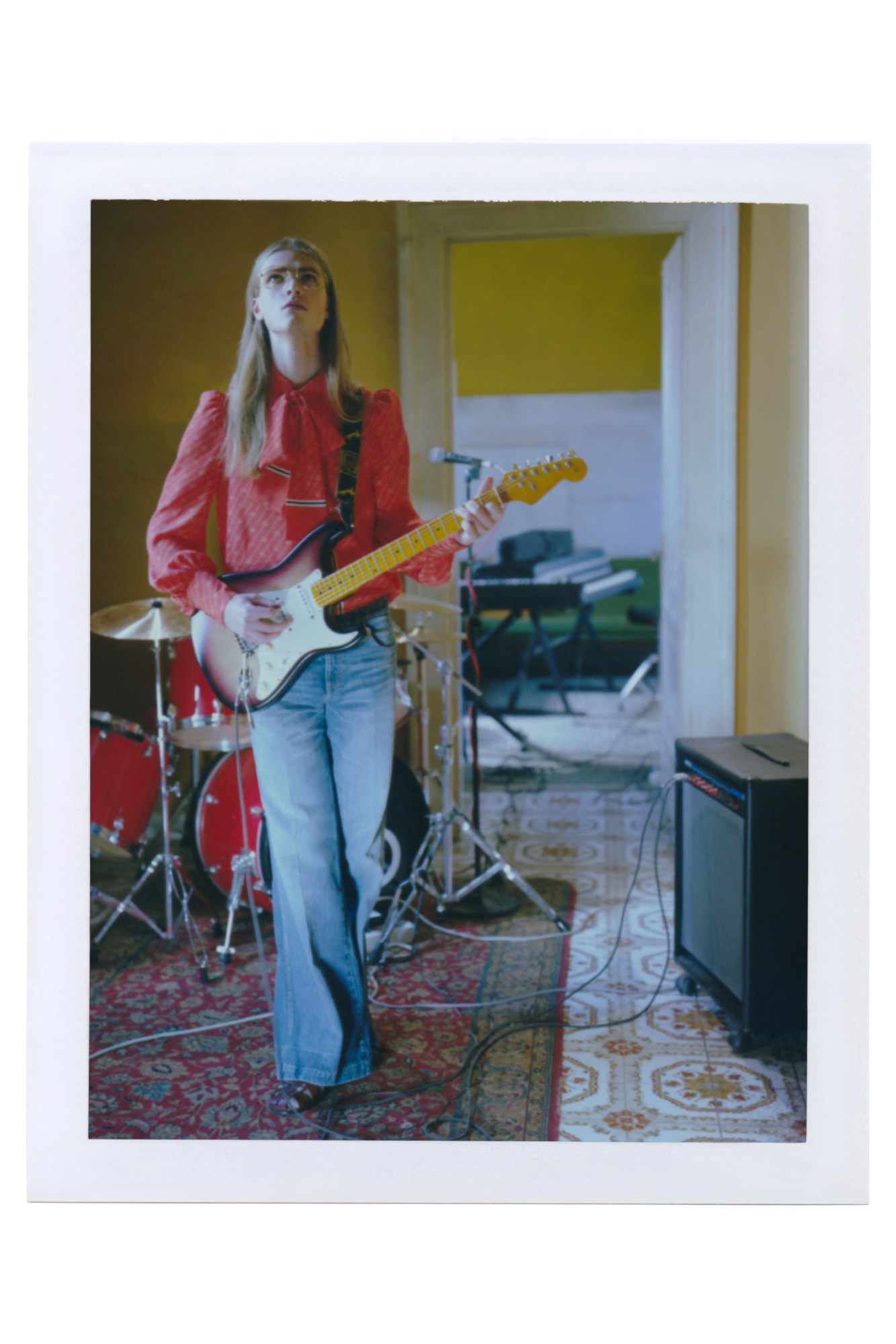
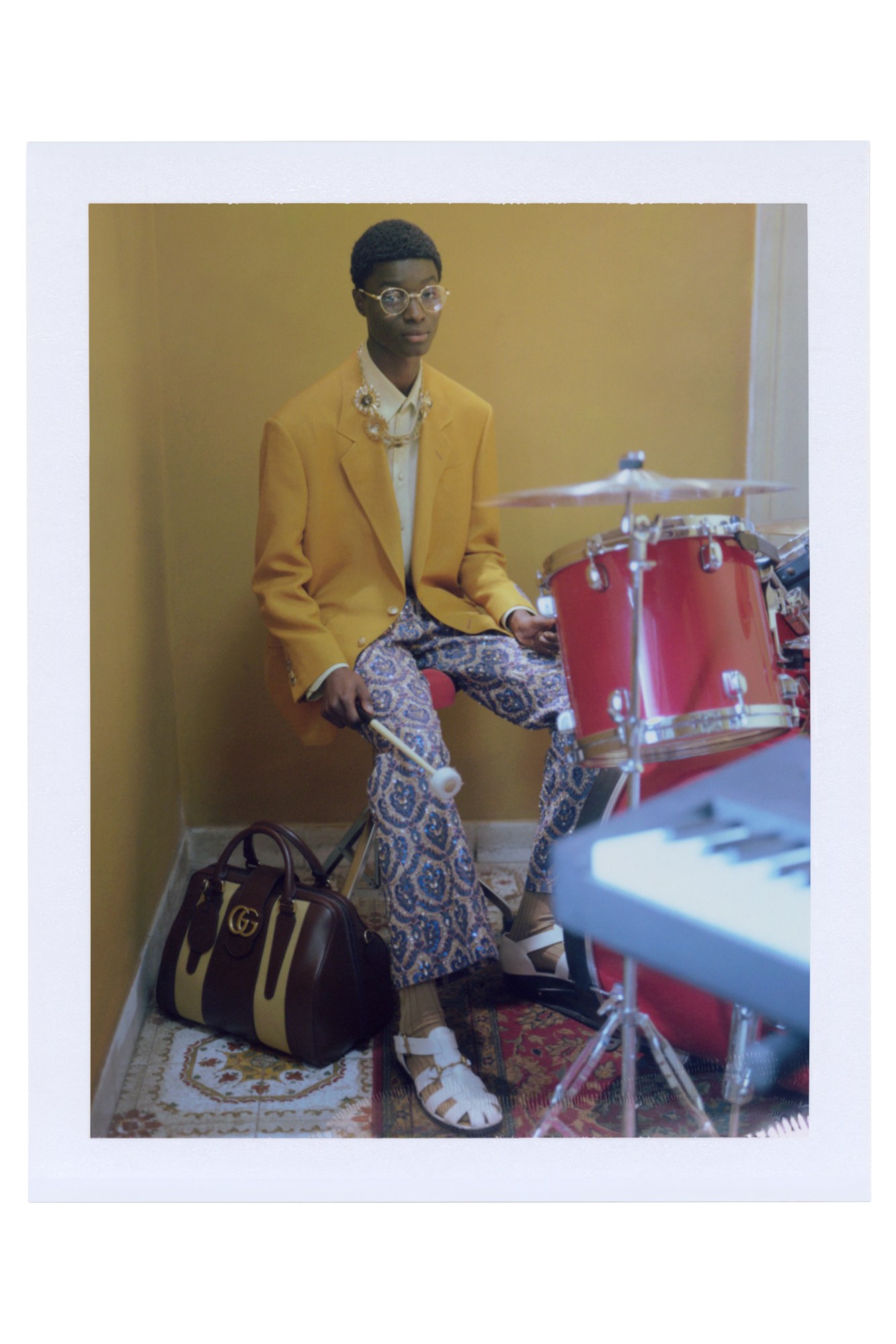


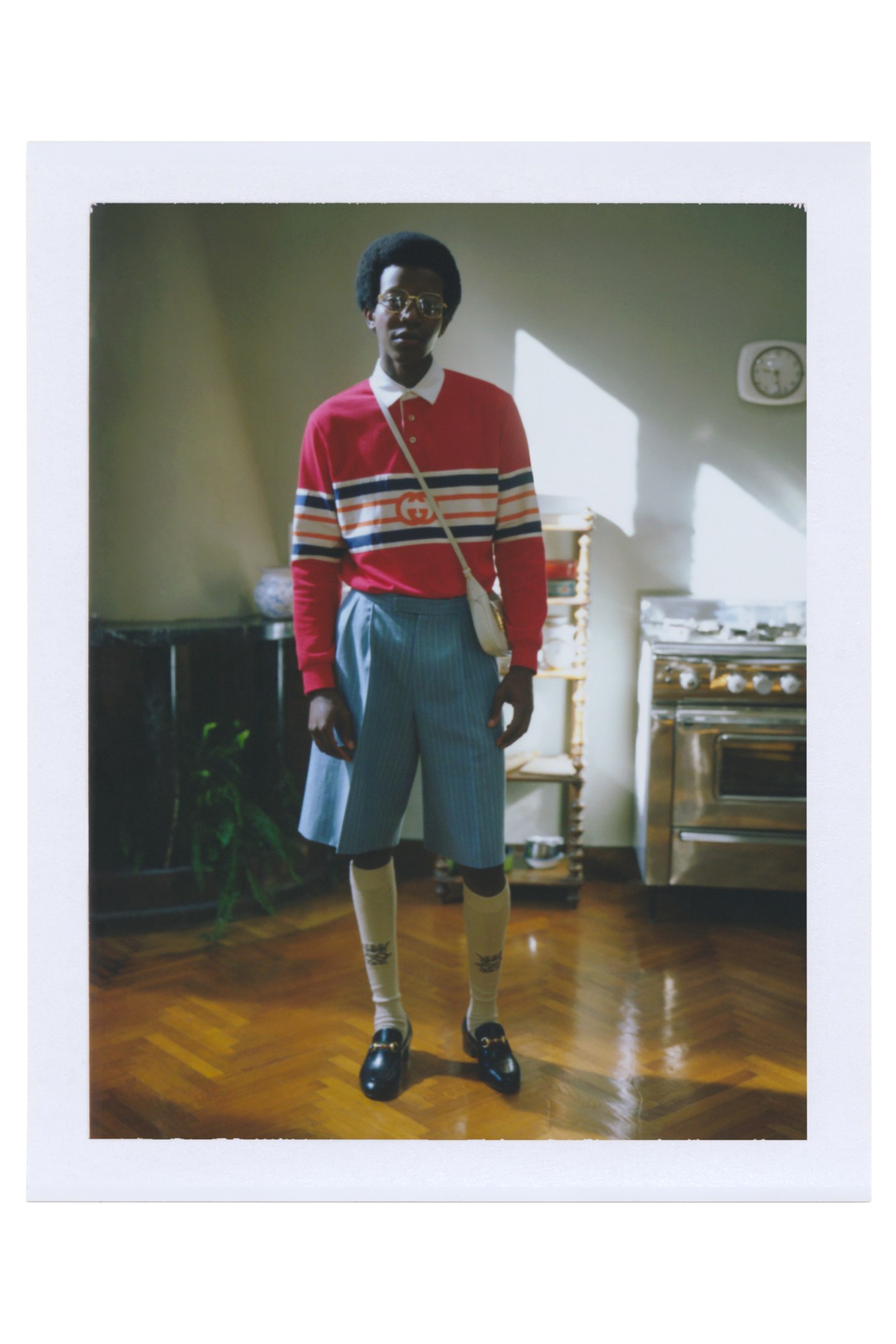
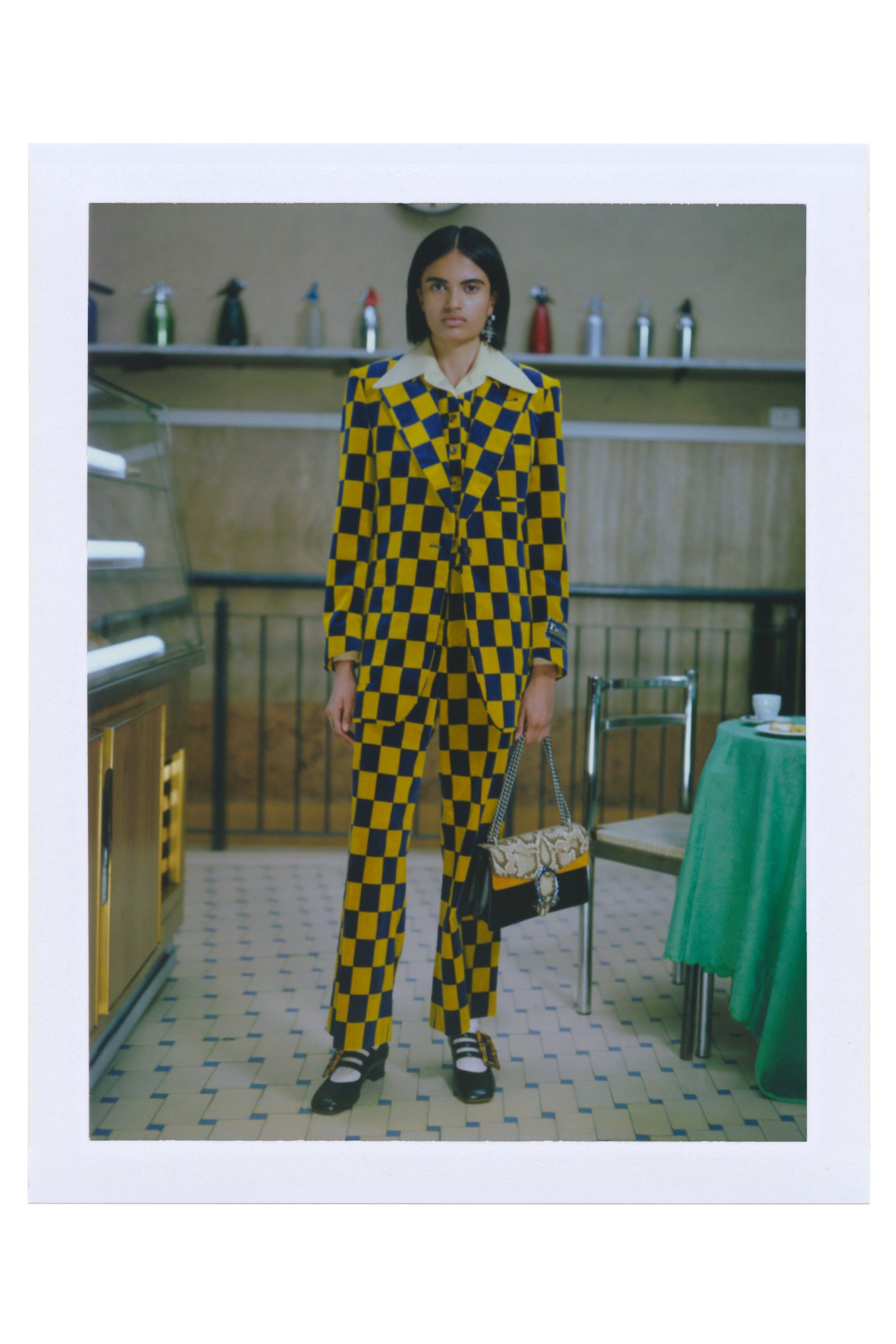
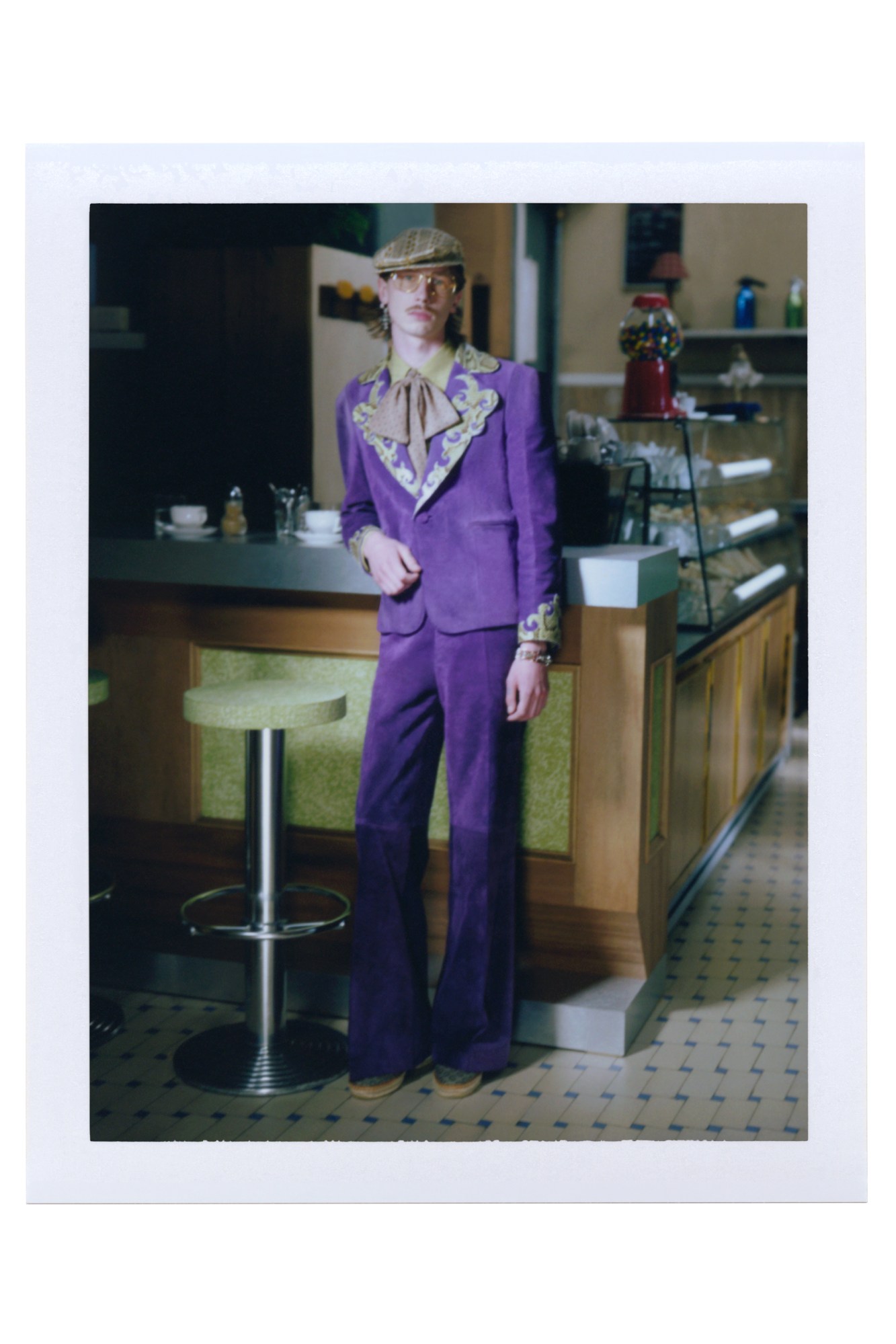

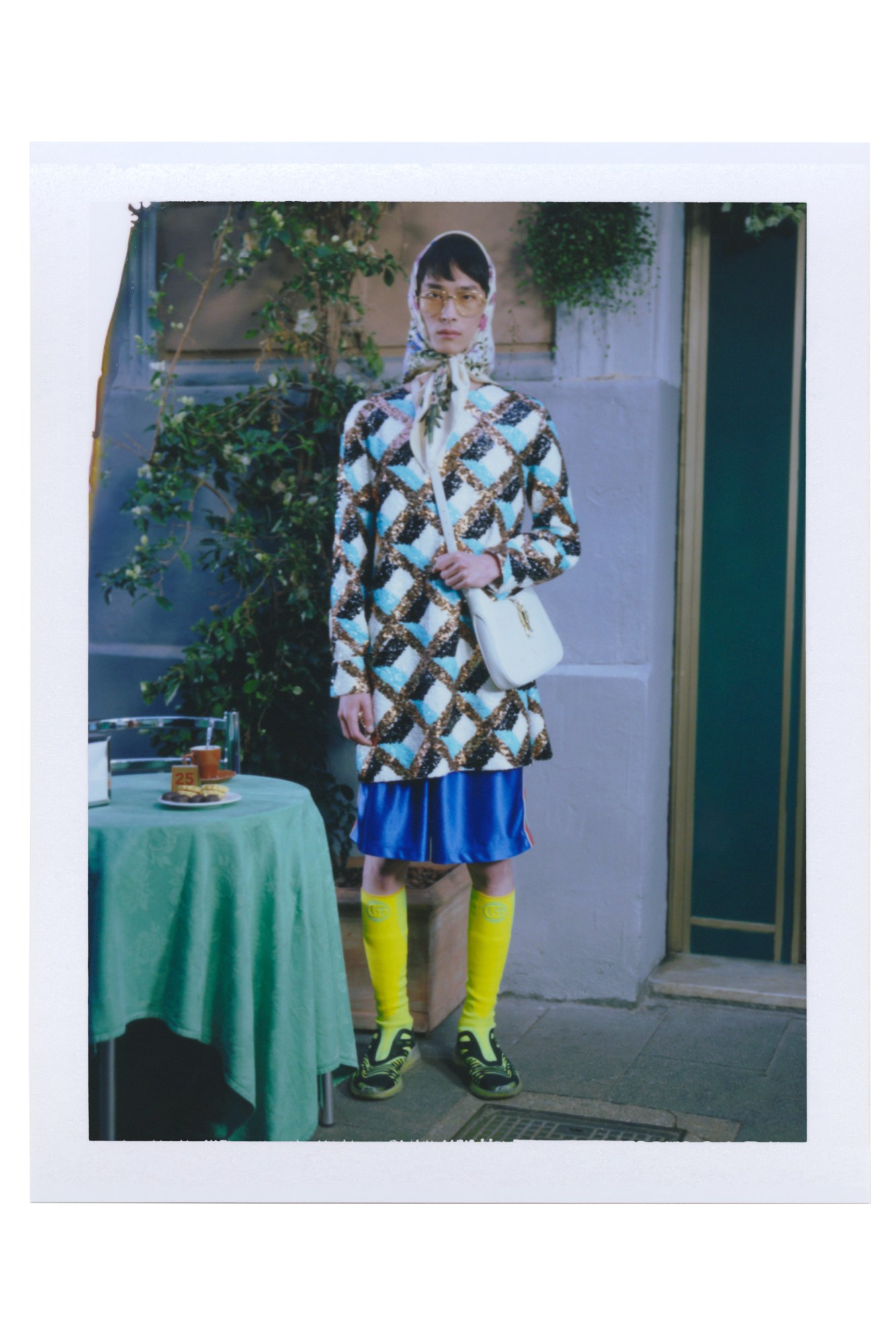
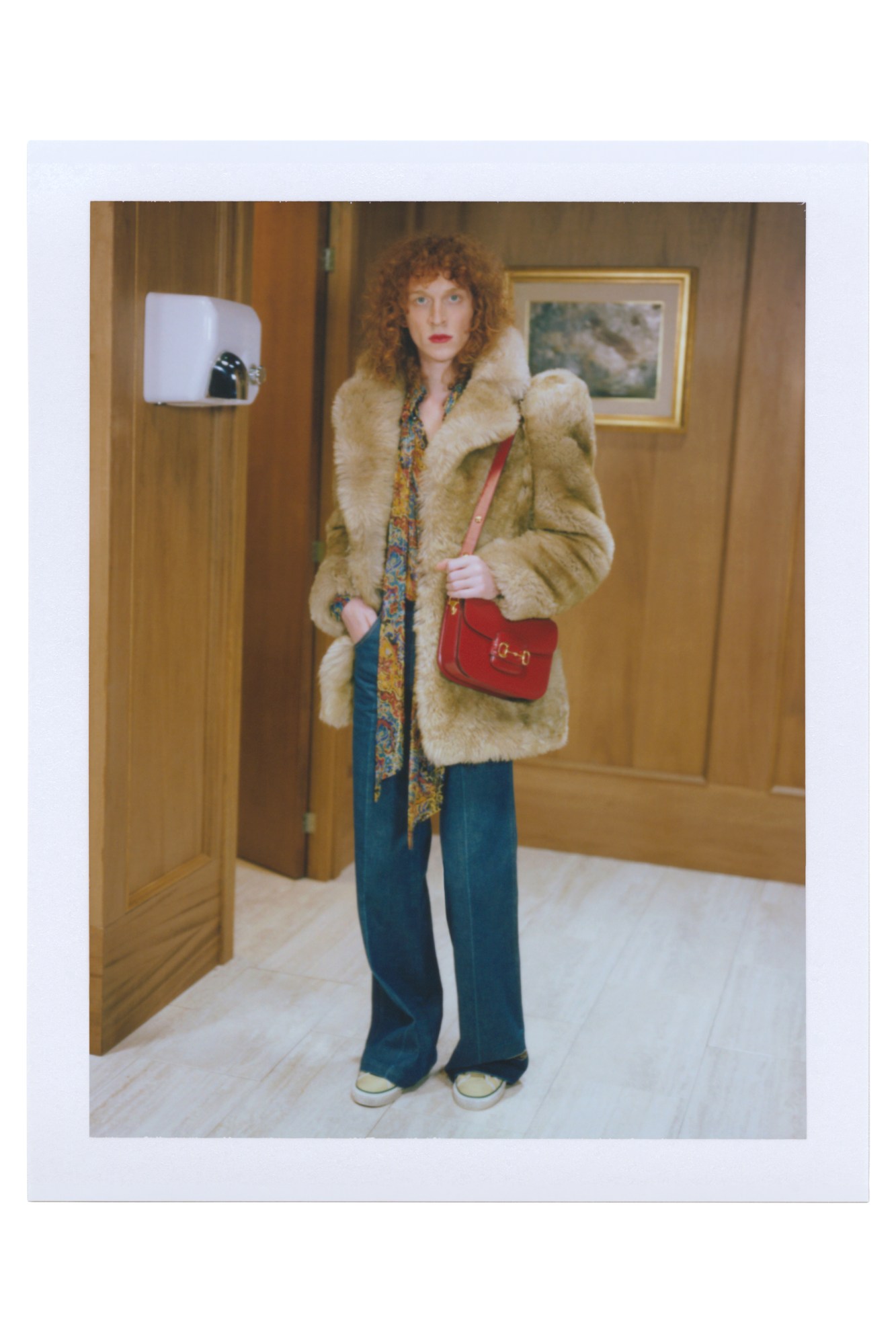

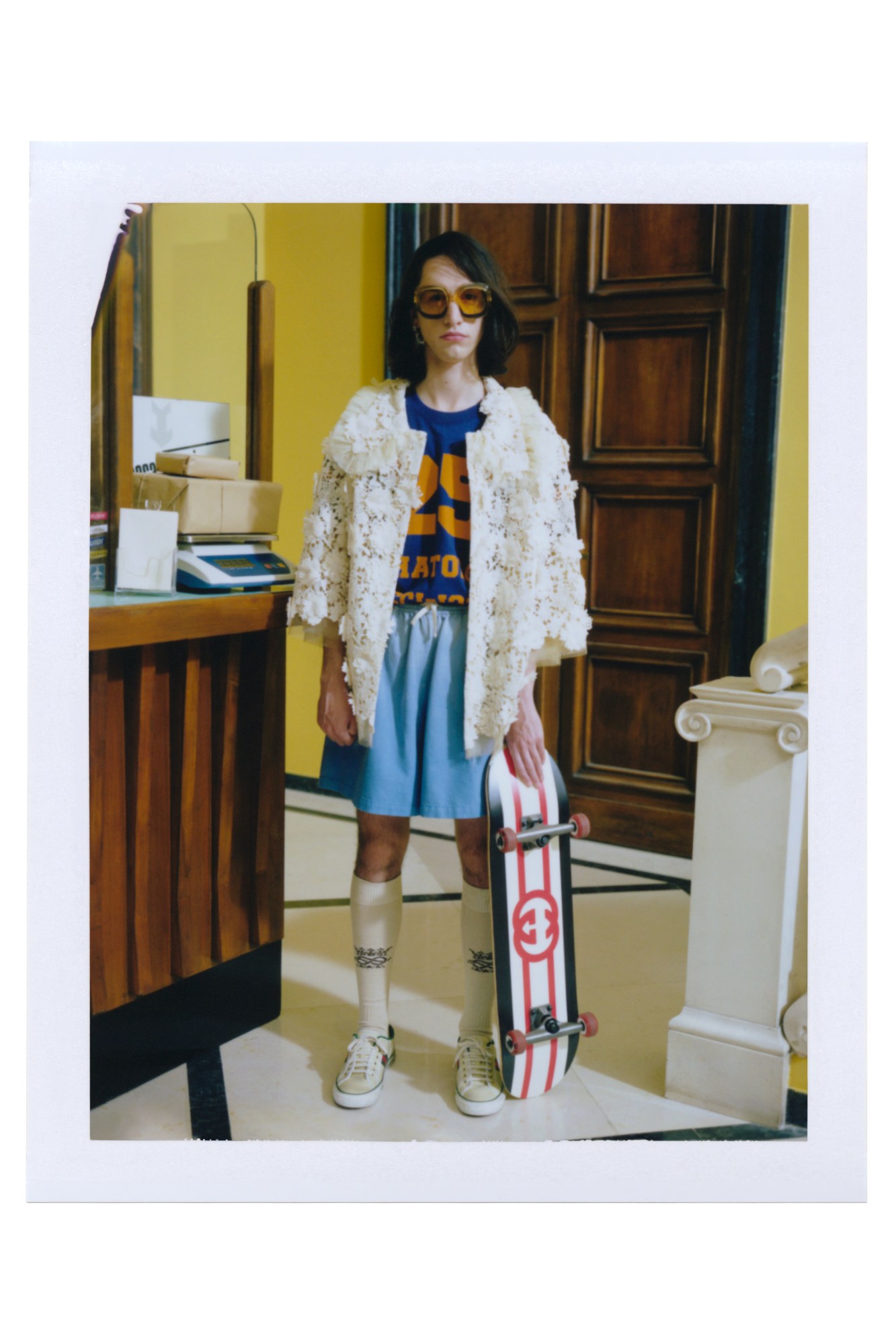
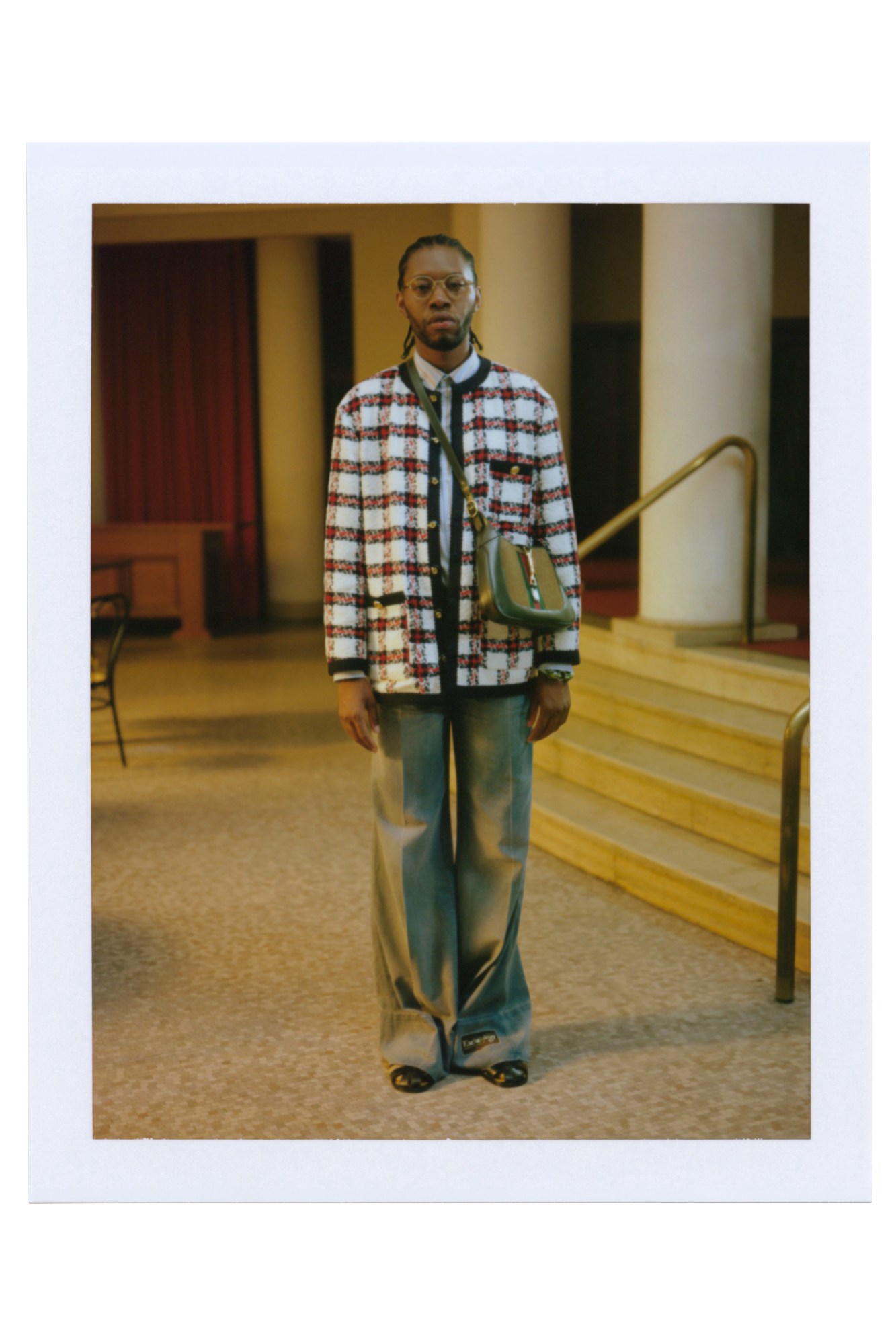
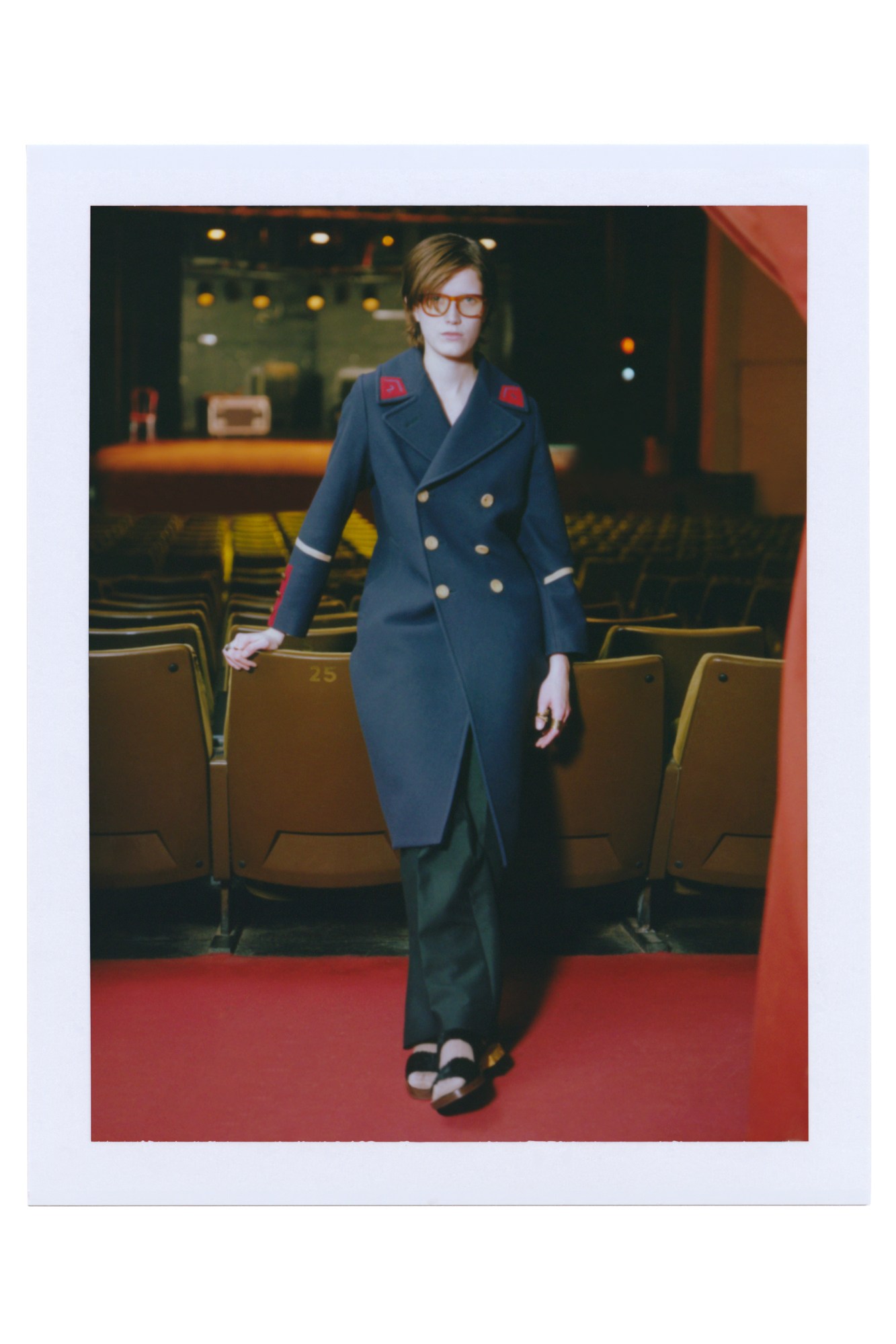
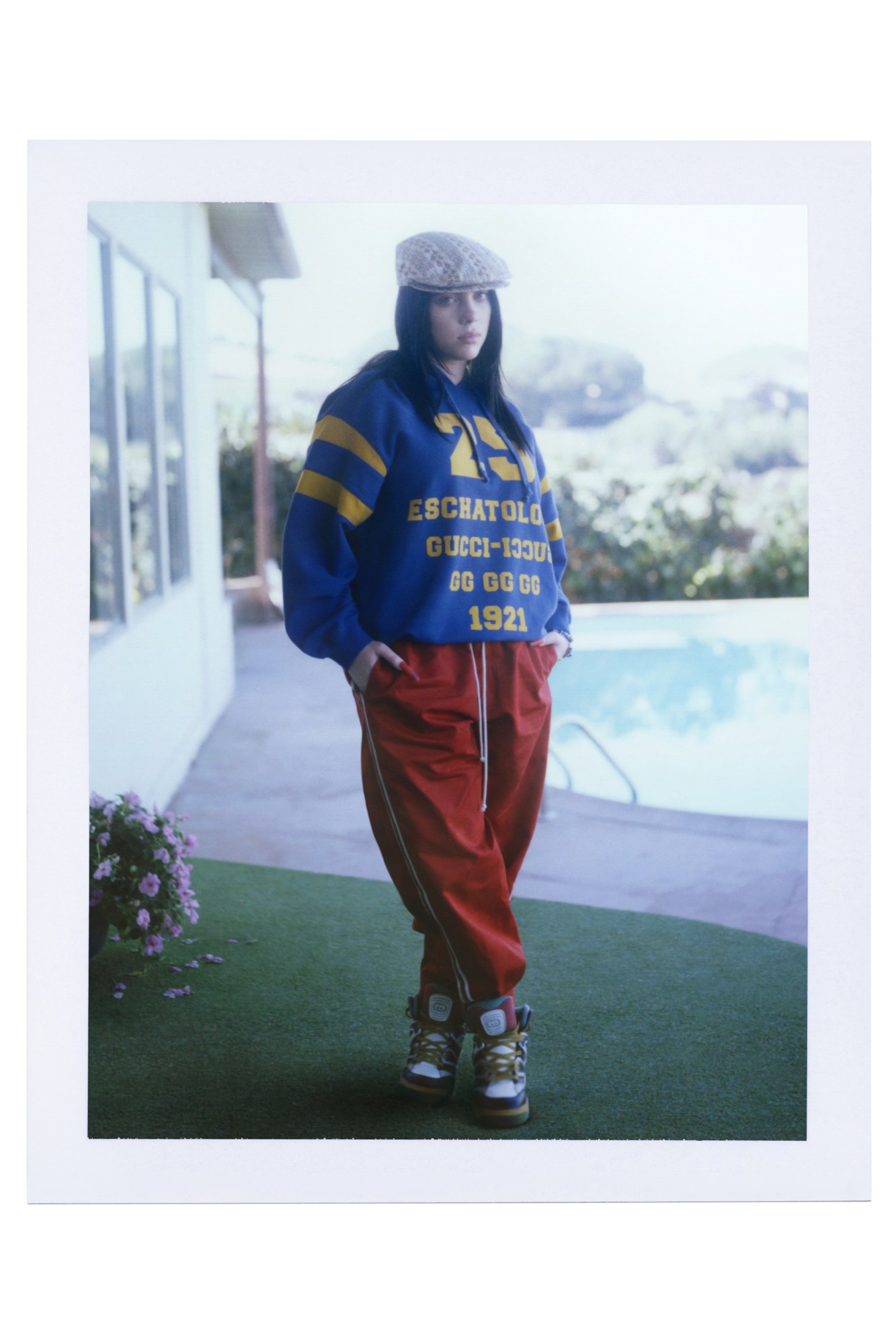
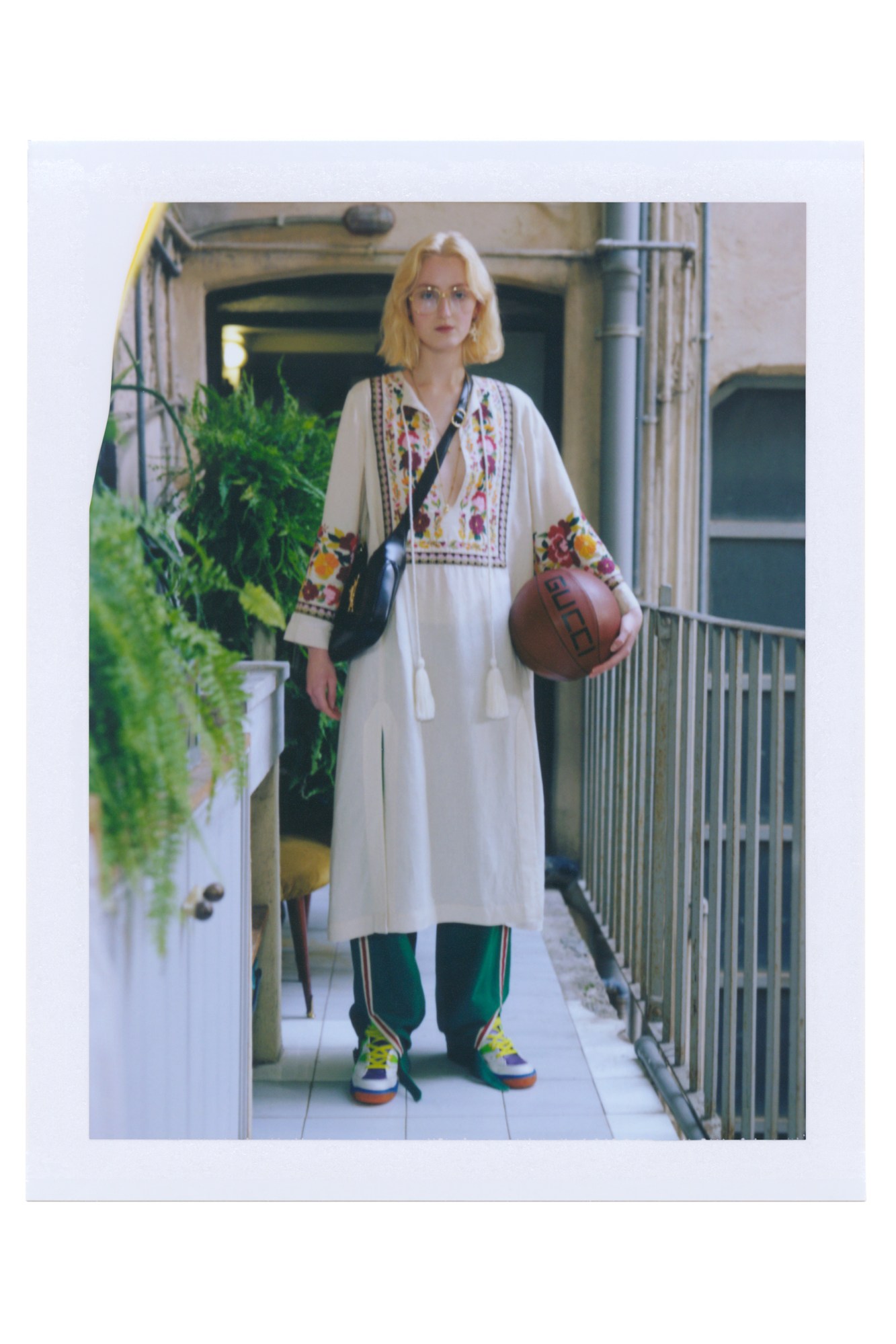
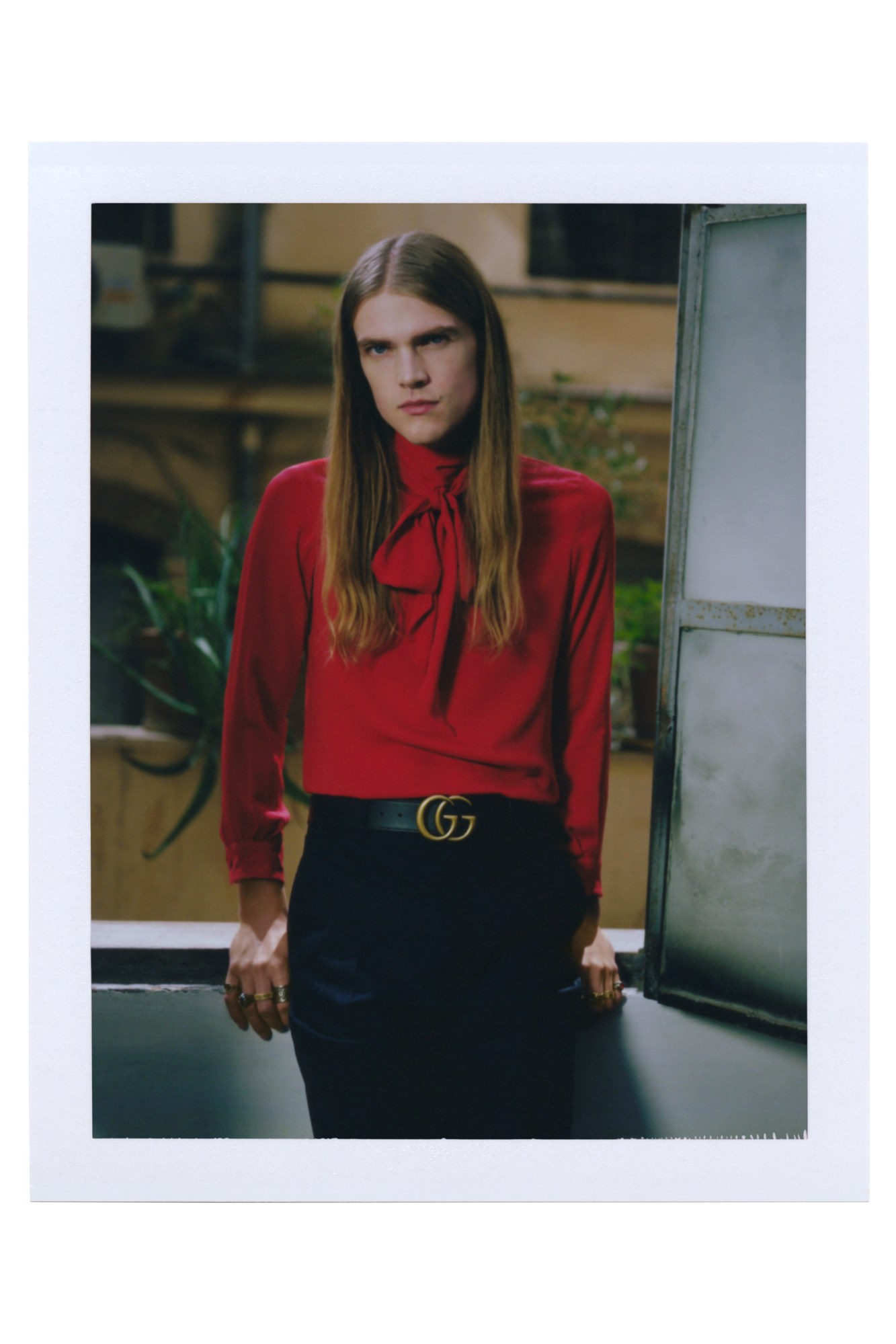
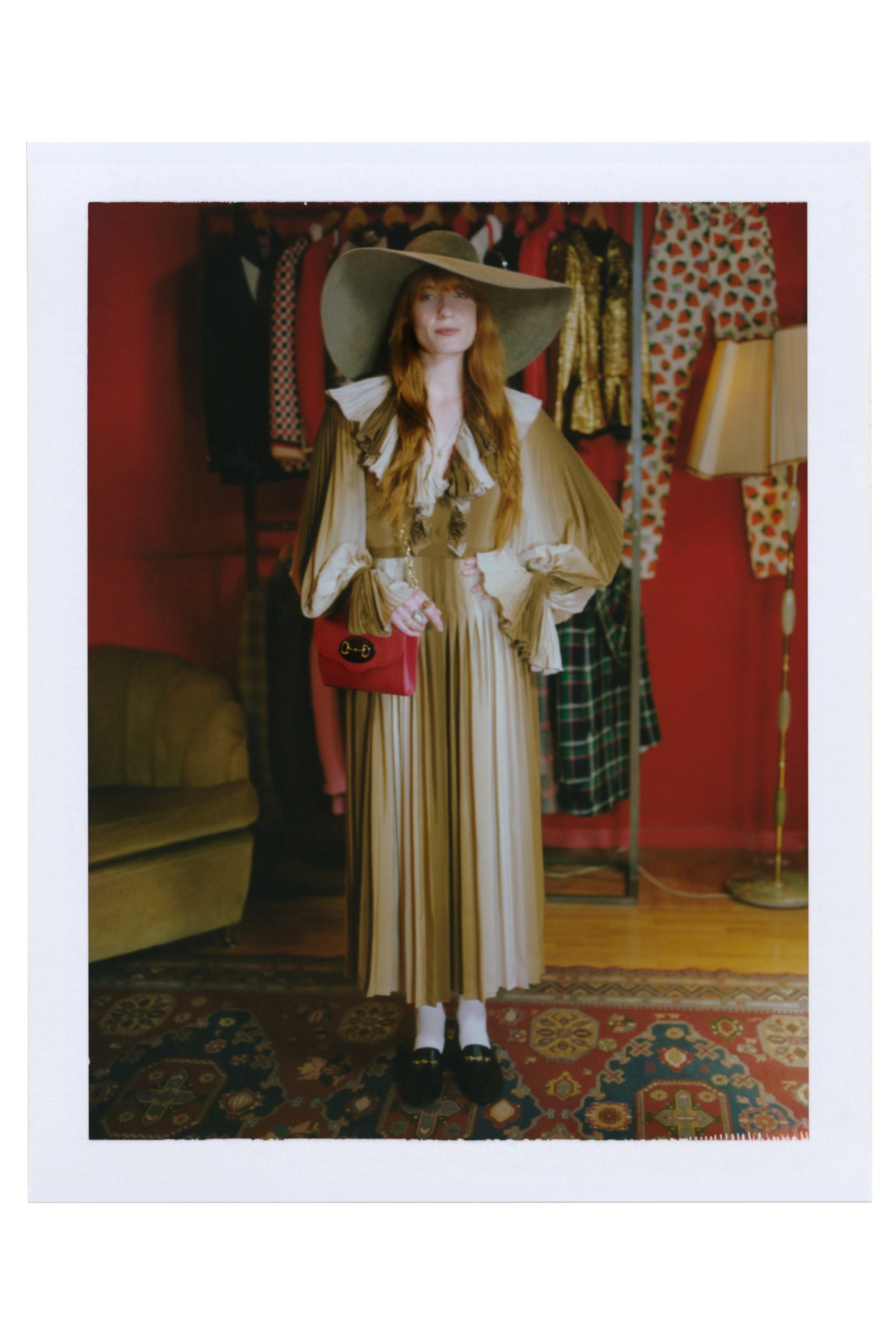

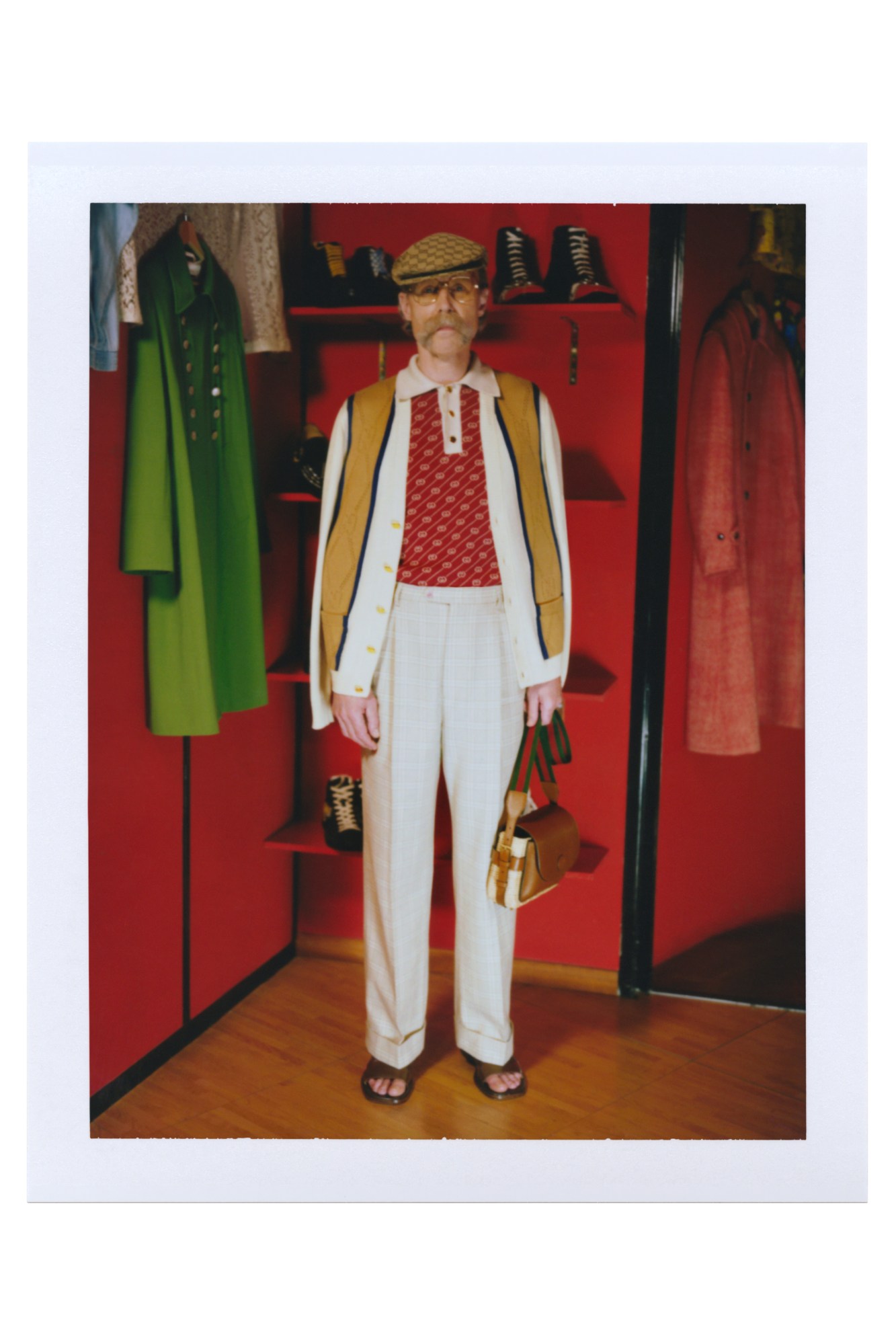
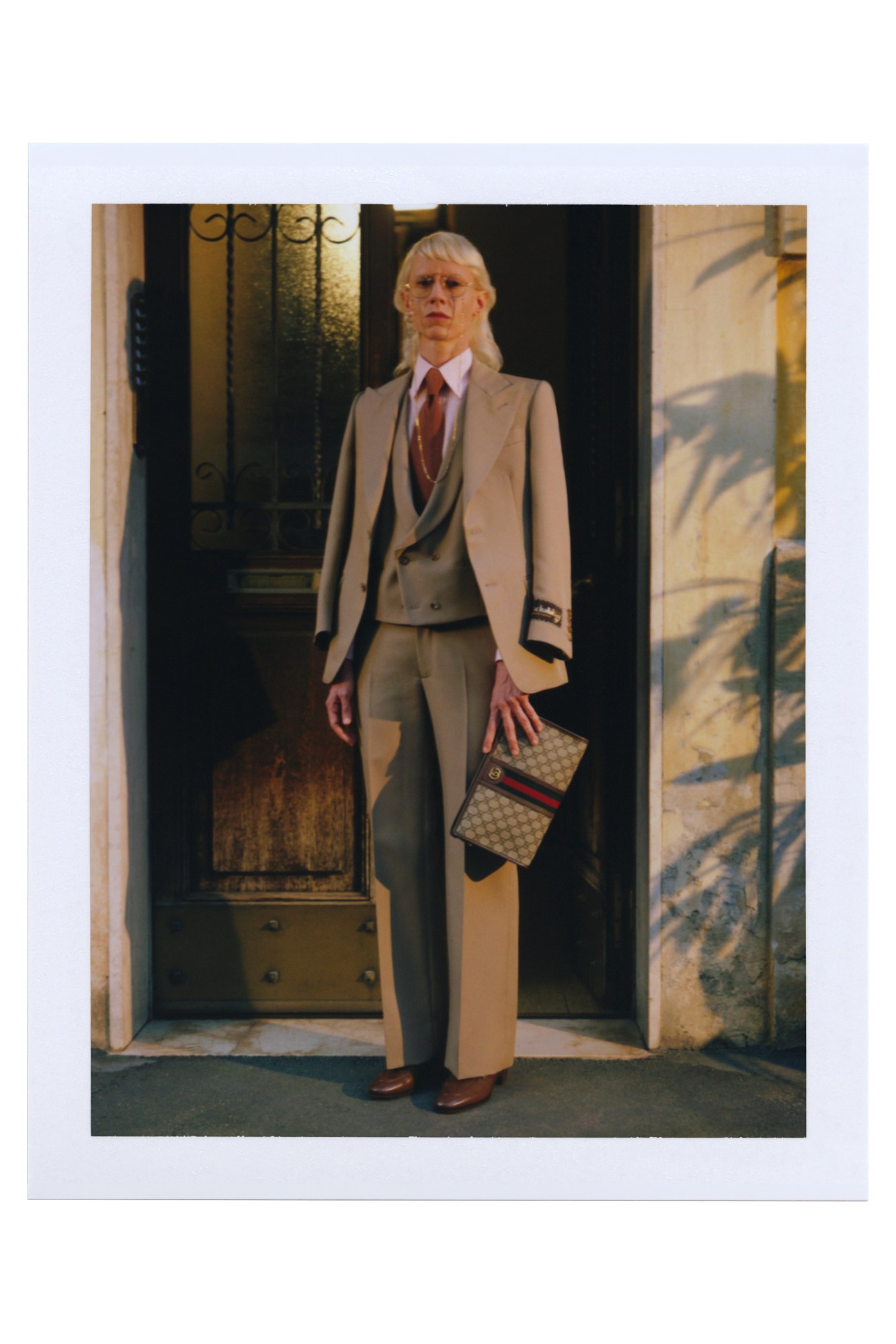
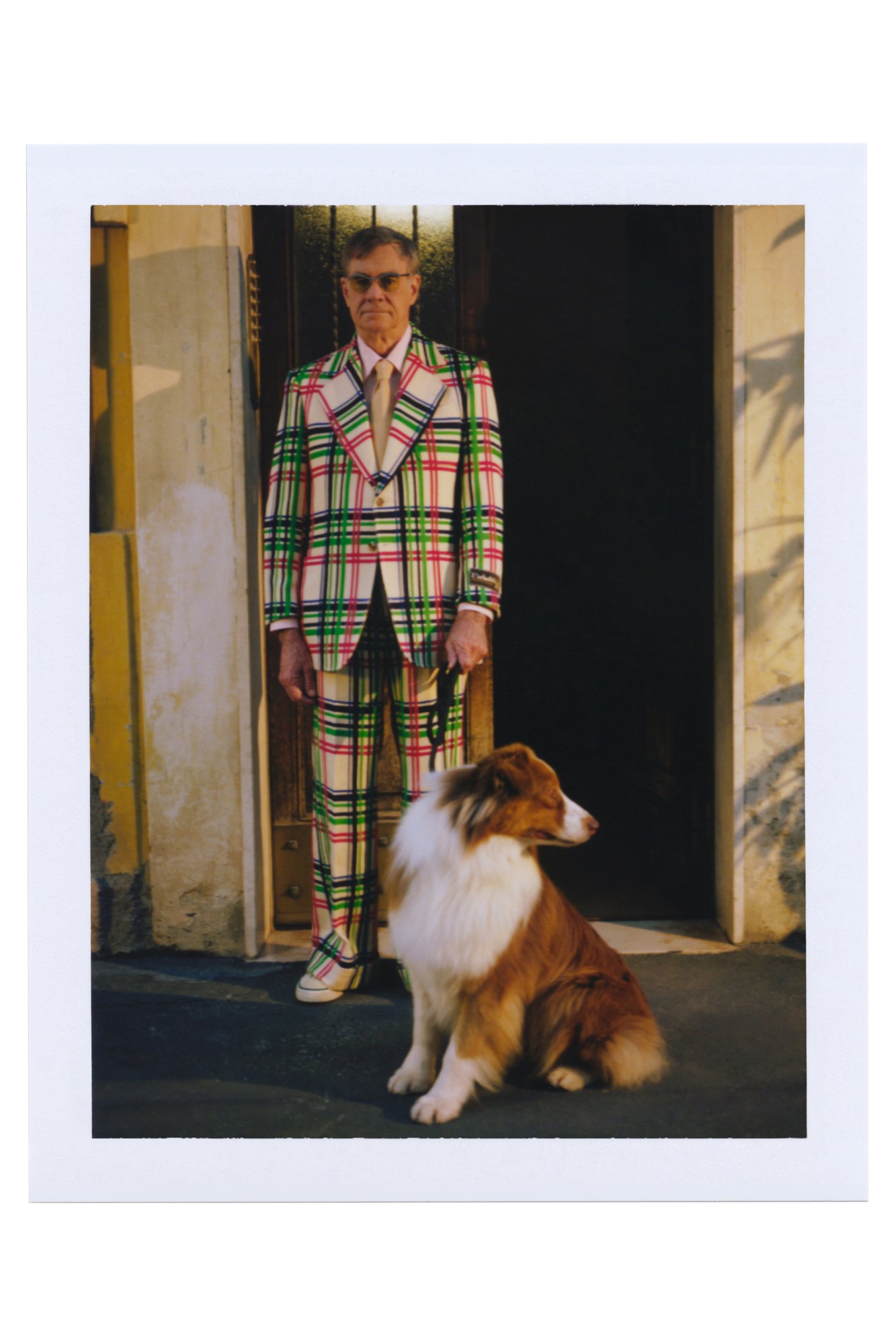
Credits
All imagery courtesy of Gucci / Gus Van Sant

